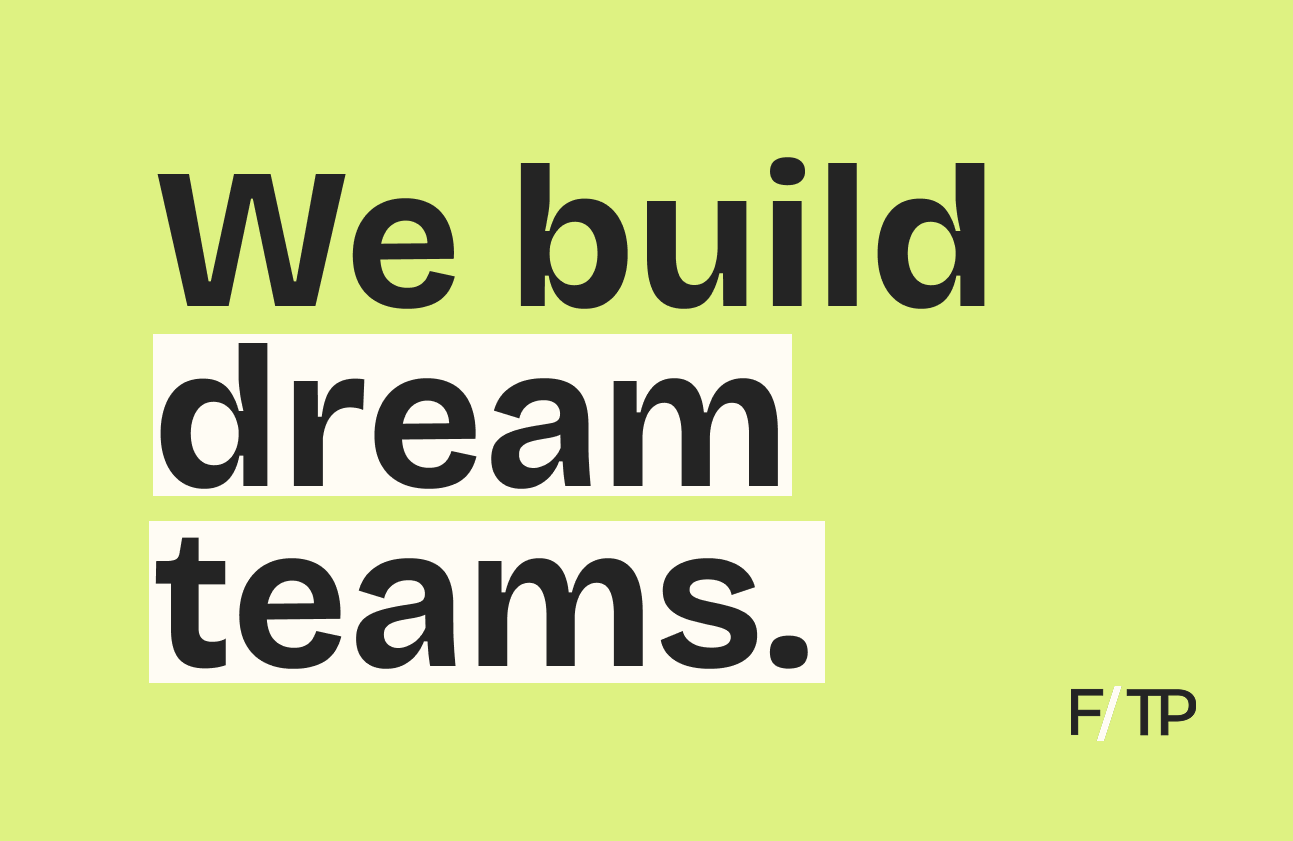At-home exercisers are overdoing it. Emergency visits for exercise-induced injuries from home workouts have jumped 50% during the pandemic.
Is motion-tracking fitness tech the answer?
Computer Vision Cues
While the overall physical activity shrank over 15% between 2019 and 2020, a subsector of fitness technology boomed, growing 29.1%.
On-demand digital workouts are democratizing access, making it easier for a wider population to start a new workout program. But, absent real-time feedback from a personal trainer, injuries from improper form are on the rise.
Answering the call, some connected fitness companies are using computer vision to provide real-time form corrections.
- With a database of over 1B repetitions and 100M sets, Tonal’s proprietary Form Feedback provides cues on over 100 strength exercises.
- Adding to its in-house AI, Tempo’s fitness screen employs Microsoft’s Azure Kinect software to pinpoint users’ muscles and joints, offering real-time corrections.
- Sensors in MIRROR’s connected free weights enable form correction and accompanying weight recommendations.
In February 2022, Altis raised $7M for its at-home AI trainer that calibrates to your body, providing real-time feedback while recommending personalized programming. Across the Atlantic, Munich-based ALFA AI is readying the launch of its form-tracking smartphone app.
Another approach, using a software-as-a-service model, Kemtai licenses its AI for integration, while Exer AI lends its tech to its Studio (fitness), Physio (physical therapy), Gait (posture and gait), and Plank (core strength) products.
Meanwhile, smart clothes provide another avenue for assessing form. Motion-tracking apparel company asensei offers an integration package for connected fitness platforms; it teamed up with at-home reformer Pilates company Reform RX in November.
But… technological advances in AI and computer vision won’t be confined to the home. Perch aims to quantity weight room performance with a portable sensor and interface.
Takeaway: Rep tracking is becoming table stakes for connected fitness. Form tracking, meanwhile, adds a new dimension. AI and computer vision are accounting for the absence of supervision, adding true personalization (a 2022 trend to watch) for a more engaging, safer result.






